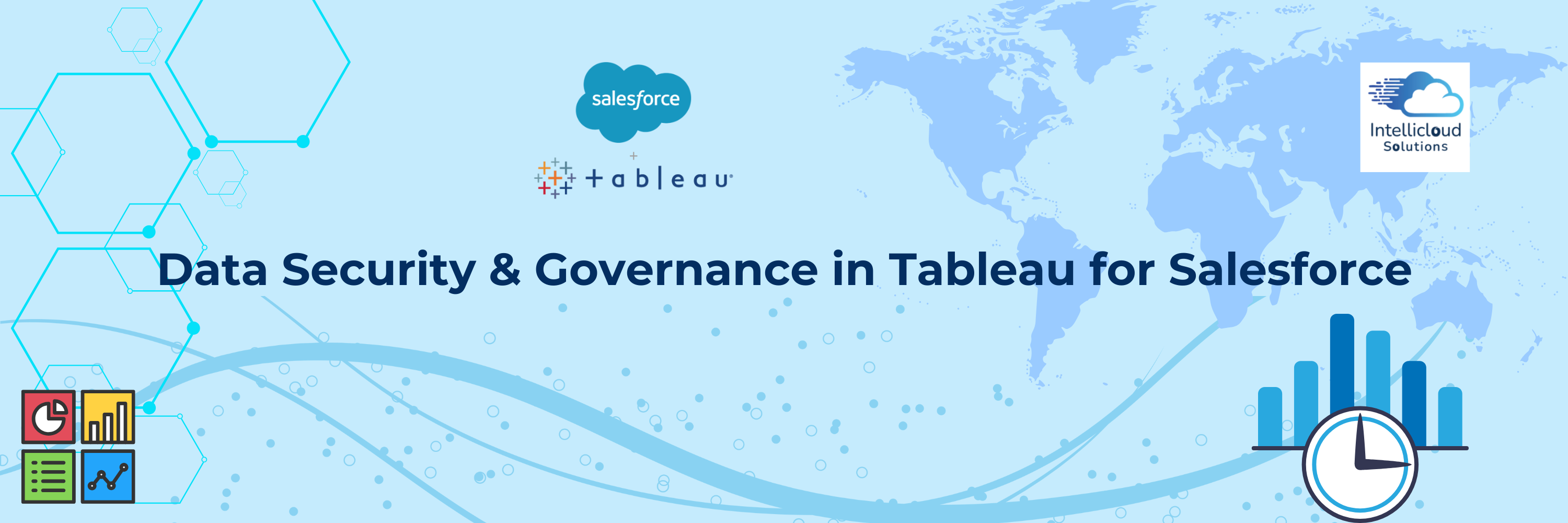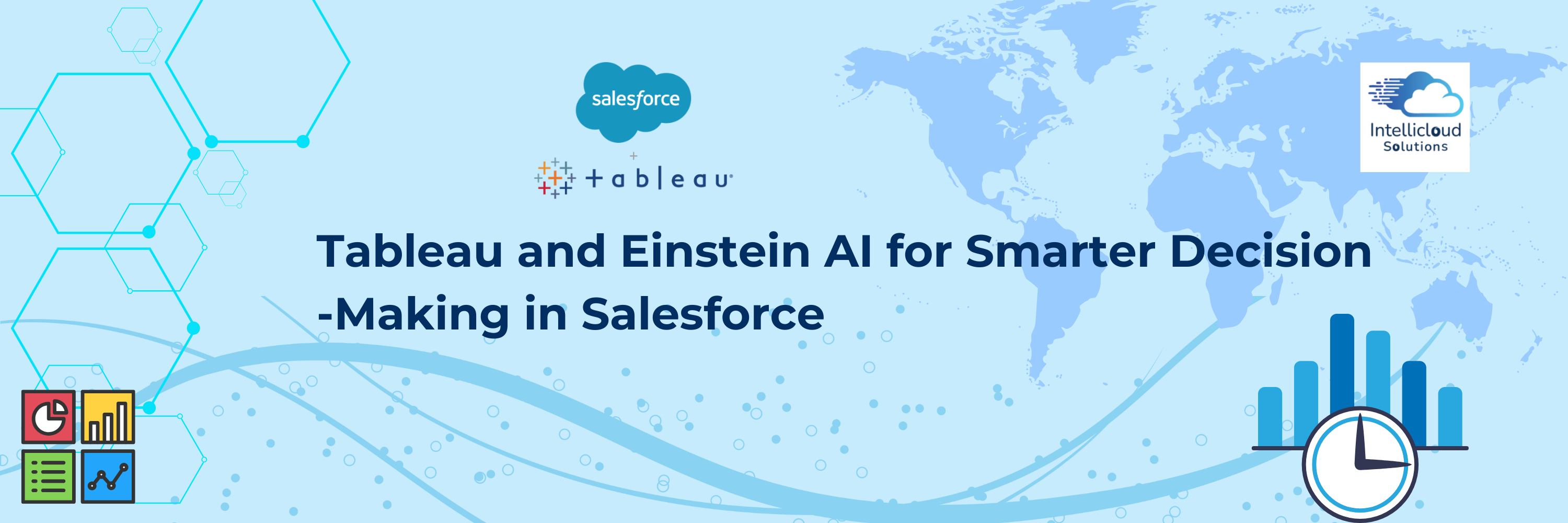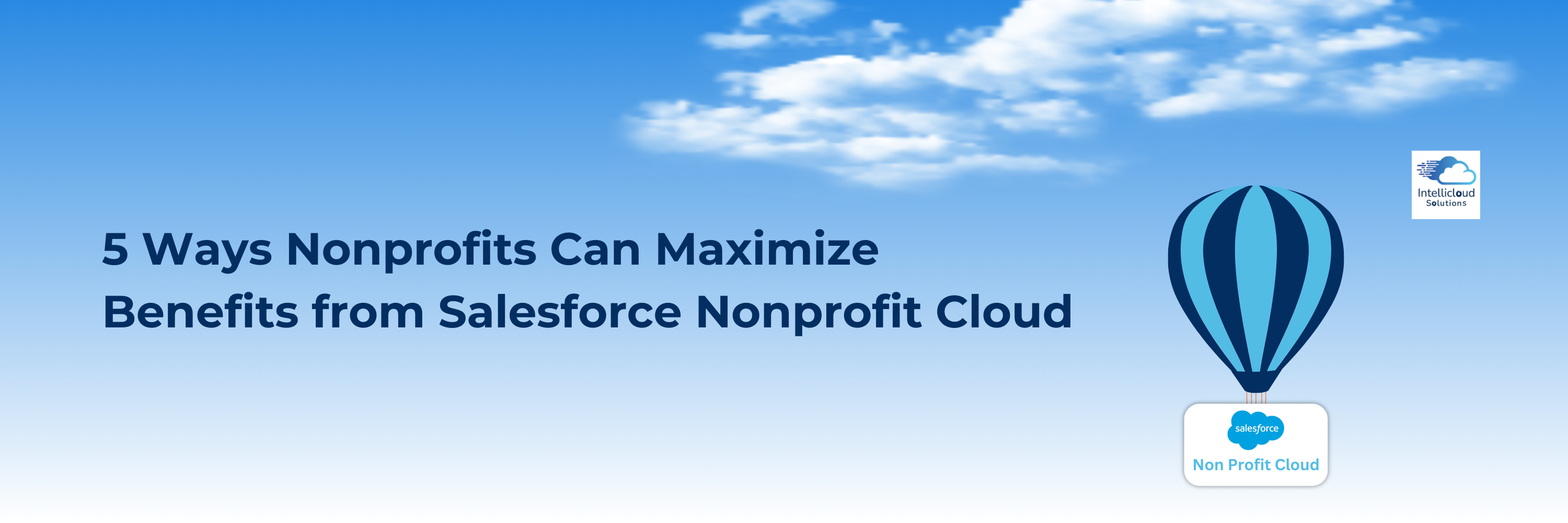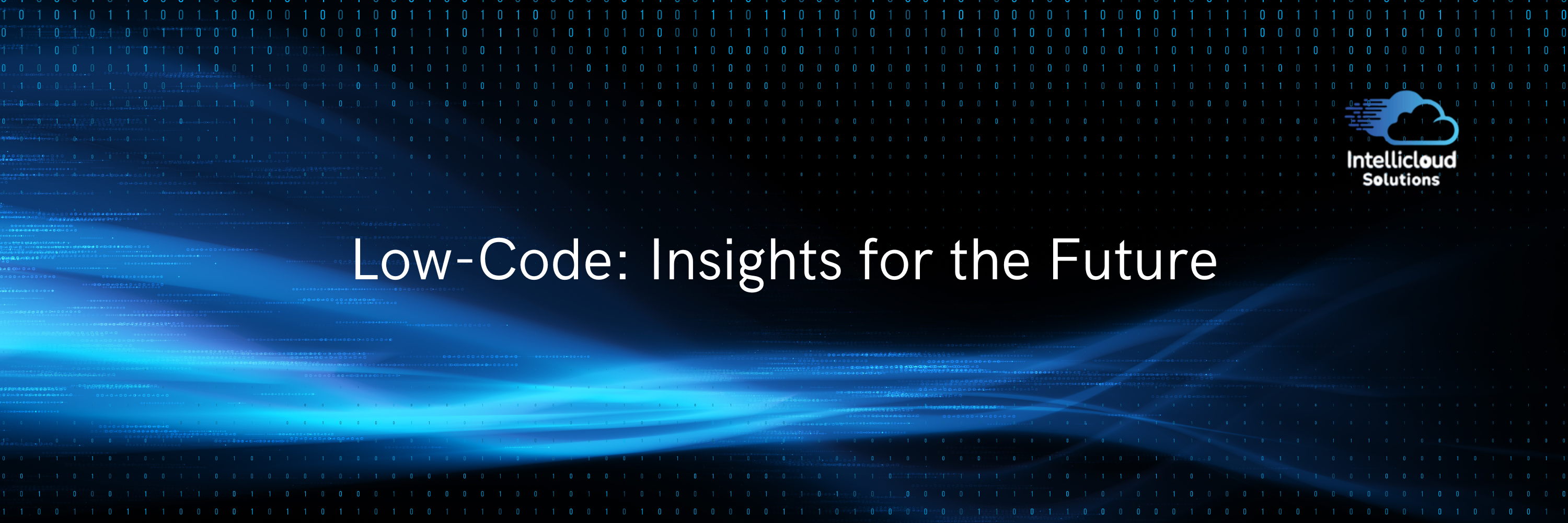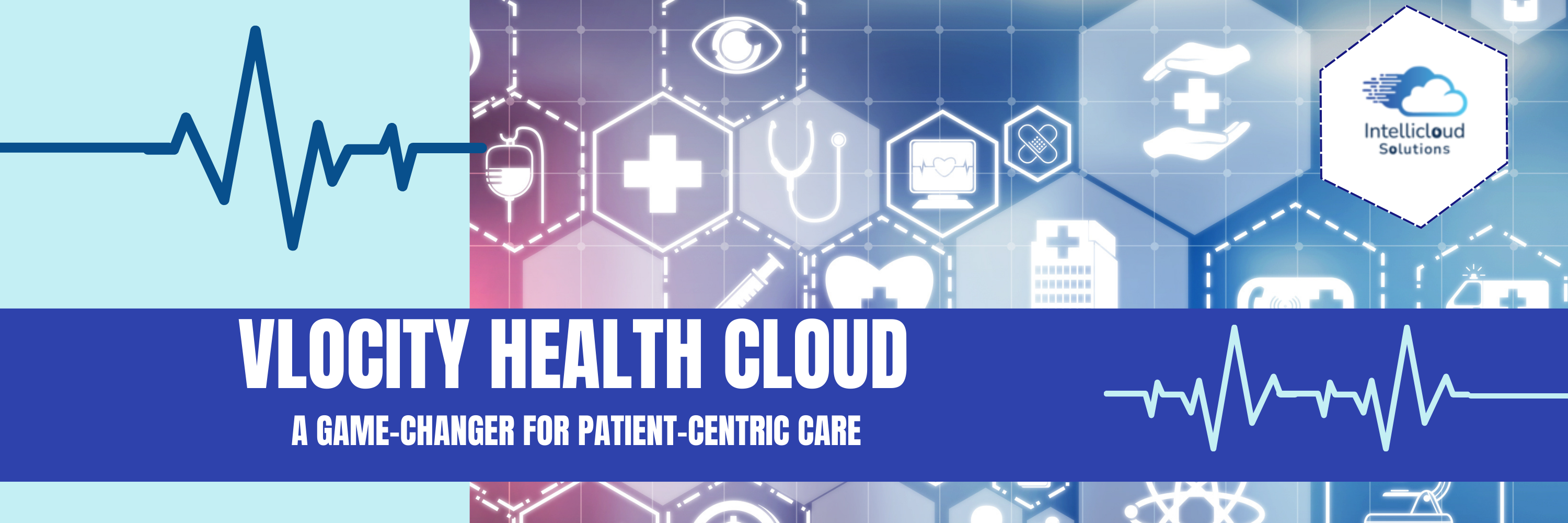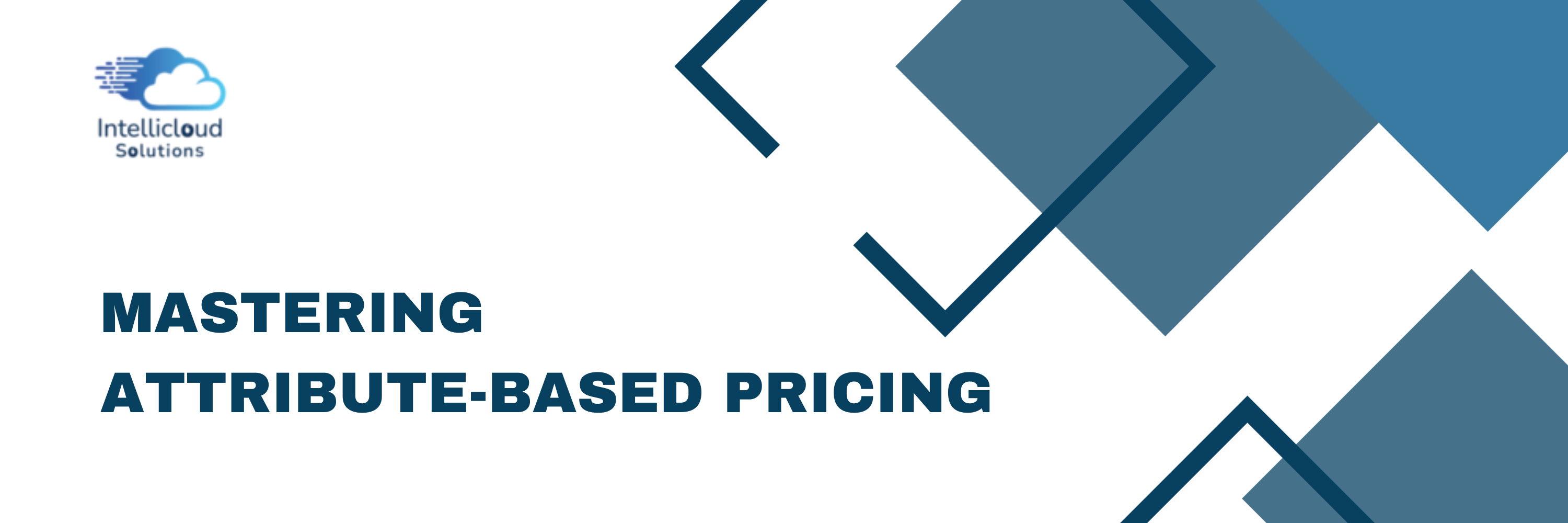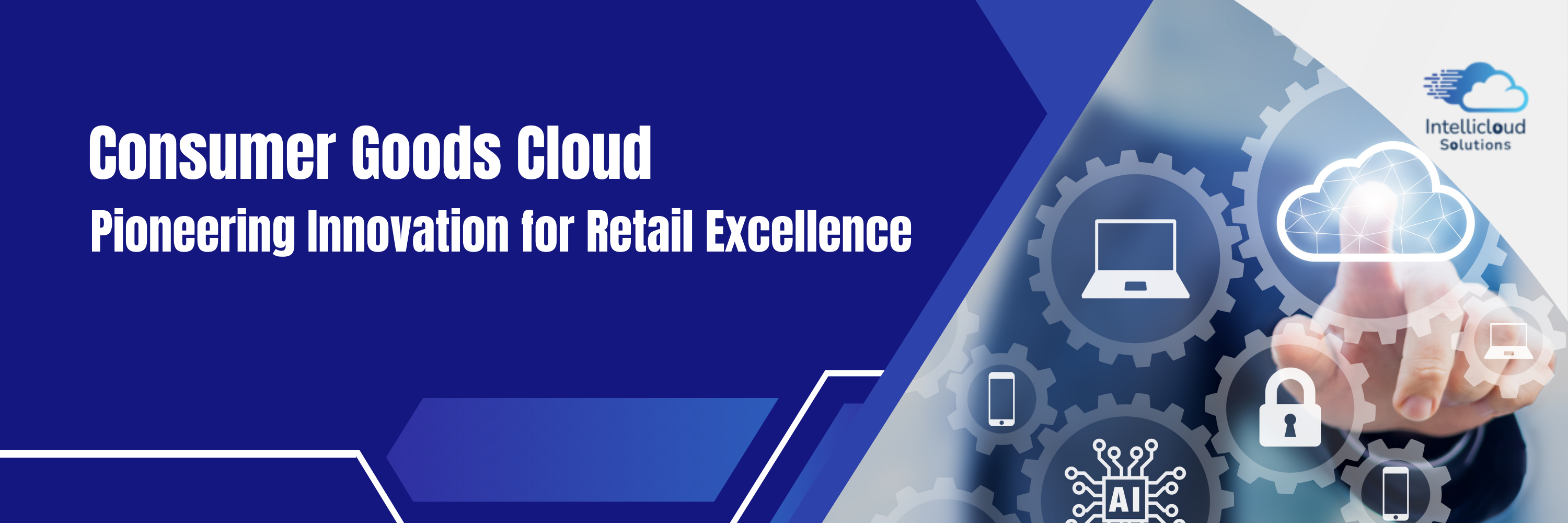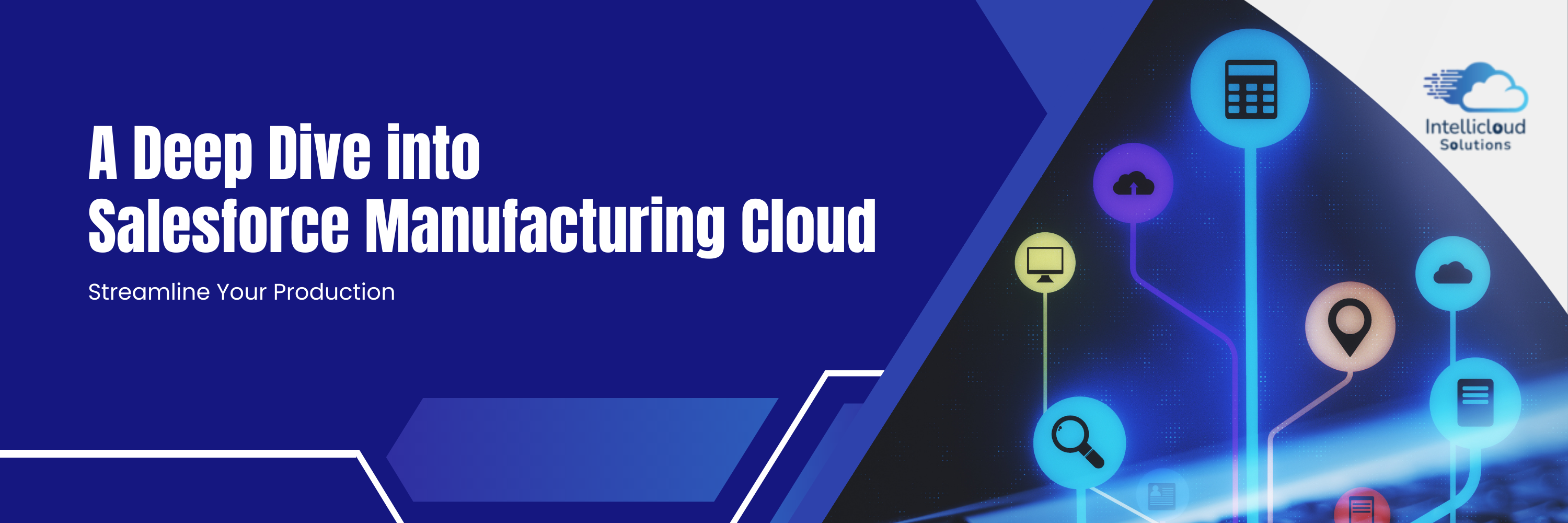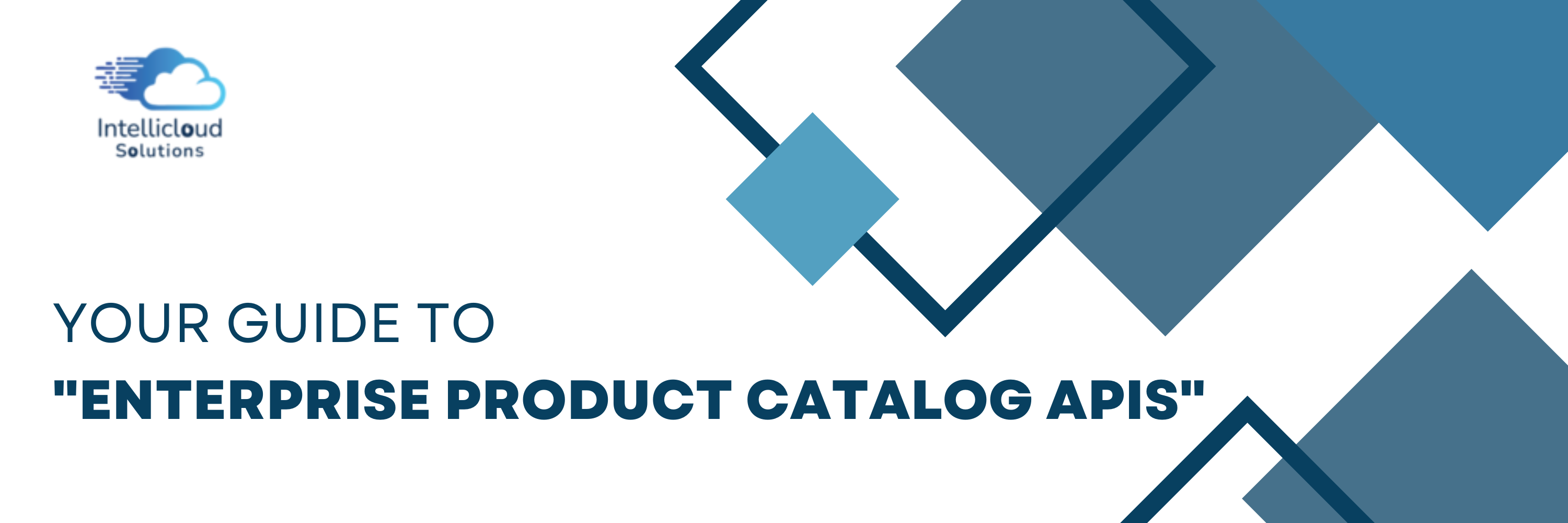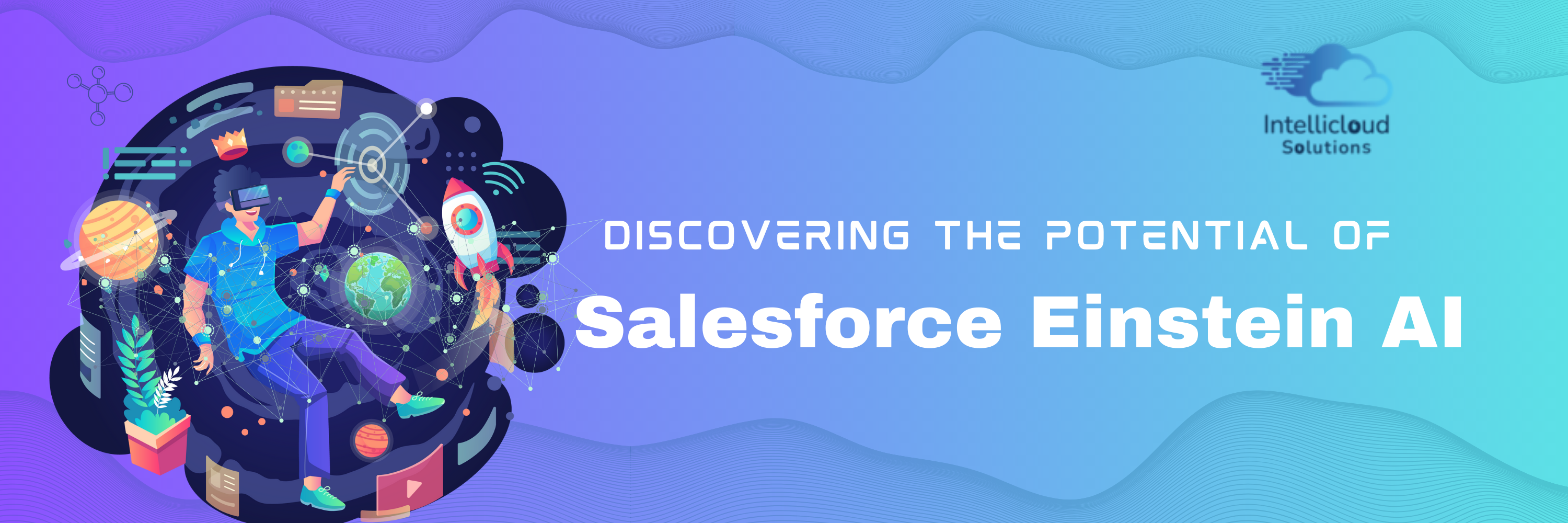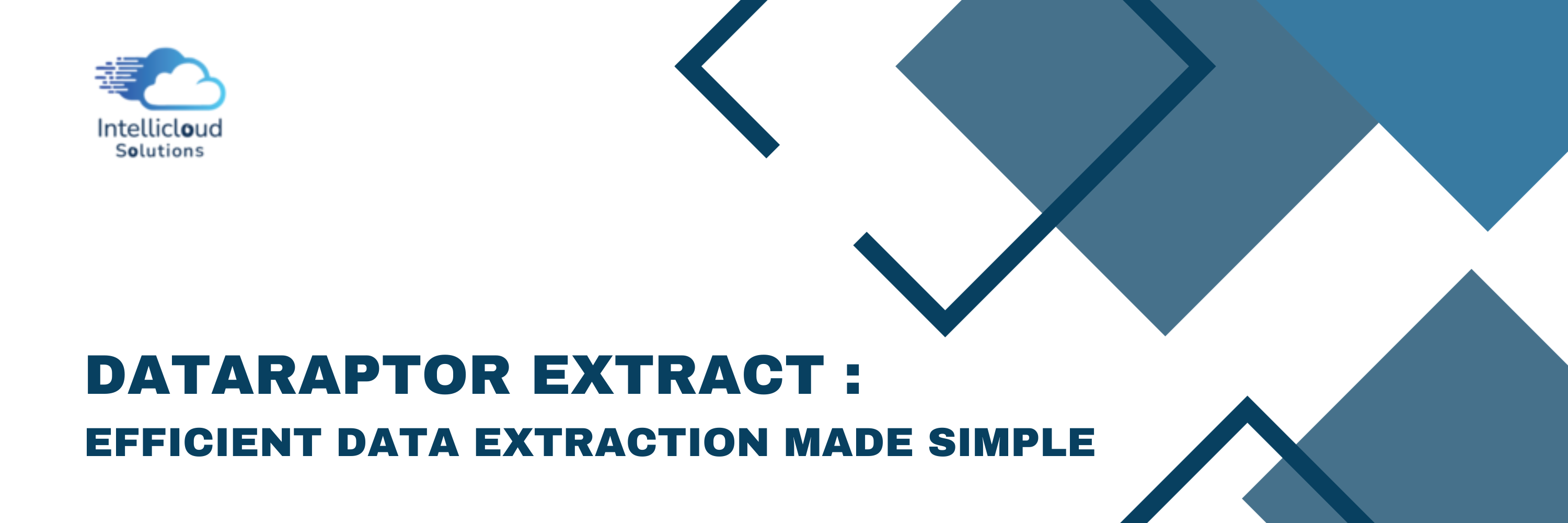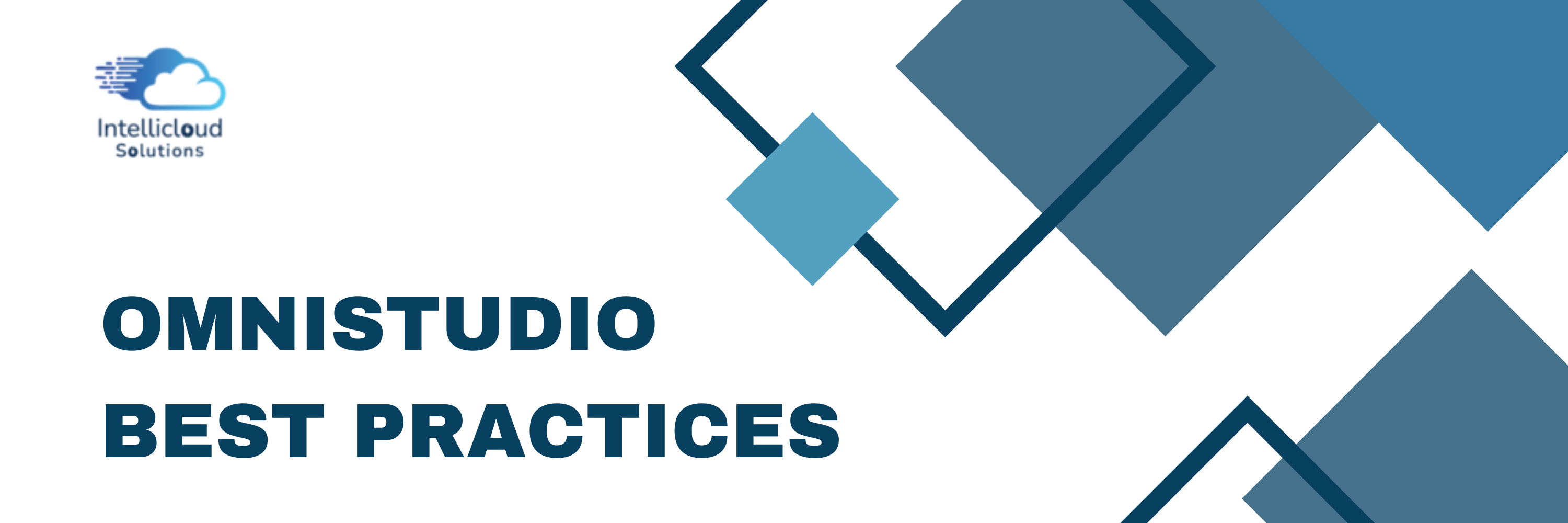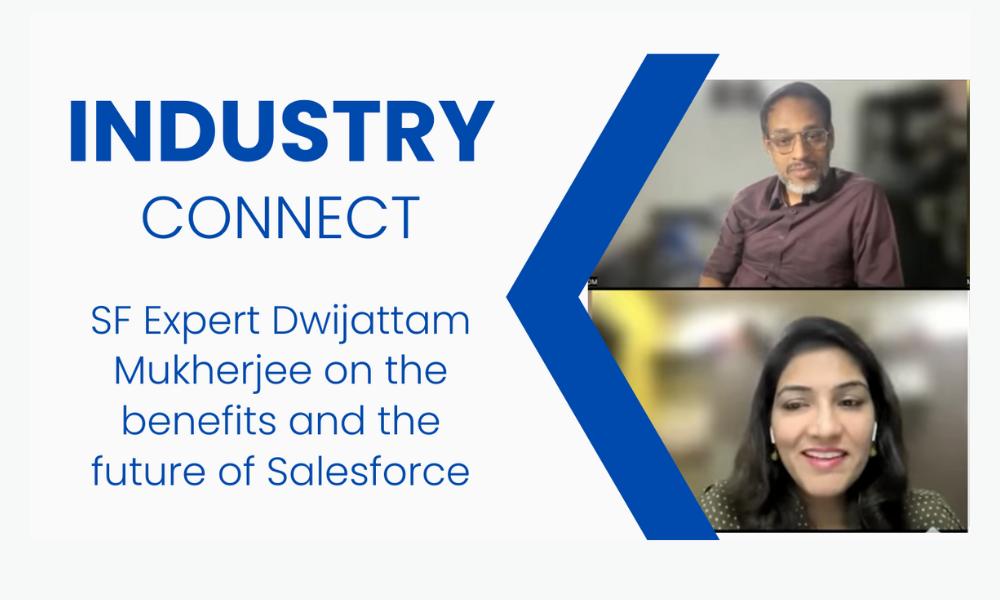As the software market becomes more competitive, there is a greater need for new applications, which is putting pressure on the IT industry to deliver working products more quickly. Rapid Application Development (RAD) is now becoming necessary. RAD is a method that speeds up development by using frequent iterations and continuous feedback.
Why is RAD popular? What does rapid application development mean? We will explore all these topics in detail in this blog.
Table of contents:
- What is Rapid Application Development ?
- Phases of RAD Model
- Difference Between Rapid Application Development & Agile Development
- Advantages and Disadvantages of RAD Model
- When should we use RAD Model ?
- Rapid Application Development Tools & Platforms
What is Rapid Application Development ?
Rapid Application Development is an adaptable software development method that relies on creating prototypes and receiving quick feedback, with less focus on detailed planning. Generally, RAD emphasizes building and refining a prototype over planning. This approach allows developers to make several iterations and updates to the software swiftly, avoiding the need to start over. As a result, the final product is more focused on quality and better meets users' needs.
Phases of Rapid Application Development

RAD Model are divided into 4 phases:
Requirements Planning: Identifying the requirements for the system or application to be developed. This involves gathering input from stakeholders and defining the scope of the project.
User Design / Prototype Cycle: In this phase, a prototype or mock-up of the system is created based on the requirements gathered. Users often play a significant role here, providing feedback on the prototype to refine it further.
Rapid Construction: Once the prototype is approved, the actual development of the system begins. This phase focuses on quickly building the software using iterative and incremental development approaches.
Implementation: In implementation final optimizations are made, followed by rigorous testing for reliability. The application is then transitioned to a live environment, with documentation and user training ensuring a smooth handover.
Difference Between Rapid Application Development & Agile Development
Here is the difference between Rapid Application Development & Agile Development:-

Advantages and Disadvantages of RAD
The RAD model offers several advantages:
- Flexibility for Change: It adapts easily to changing requirements.
- Quick Delivery: Iterative approach speeds up development.
- Priority Features: Delivers high-priority functionality early.
- Reusability: Encourages use of reusable components.
- Reduced Time: Faster development cycles.
However, it also has some disadvantages:
- Skilled Designers: Requires experienced and skilled developers.
- Compatibility Issues: Not suitable for all types of projects.
- Limited Use for Small Projects: Overhead may be unnecessary for smaller projects.
- Risk with High Technical Challenges: Not ideal for projects with significant technical risks.
- User Involvement: Requires consistent and active user participation.
When should we use RAD Model ?
If you don't have much time to plan and design a project in detail, then RAD is a good choice. RAD focuses on quick development and can adapt to changes without difficulty. It uses an on-the-fly approach, building and testing prototypes fast. This allows you to adjust the project as needed, which is great for projects with tight deadlines or where requirements might change suddenly. RAD also encourages frequent feedback from users to improve the final product.
Rapid Application Development Tools
Prototyping Tools
- Axure: Used for wireframing and prototyping to quickly visualize interfaces.
- InVision: Facilitates interactive prototypes and design collaboration.
Visual Development Tools
- Sketch: Helps create design prototypes for user interface (UI) and user experience (UX).
- Figma: A collaborative design tool for creating prototypes and sharing designs.
Code Generation Tools
- OutSystems: A low-code platform that automatically generates code from visual elements.
- GeneXus: Automates the creation of applications using modeling.
Integrated Development Environments (IDEs)
- Visual Studio: Offers rapid development features for various programming languages.
- Eclipse: A popular open-source IDE supporting multiple languages.
Rapid Application Development Platforms
Low-Code/No-Code Platforms
- Mendix: A low-code platform for fast application development with visual models.
- Appian: Provides low-code automation and development tools.
Business Process Management (BPM) Platforms
- Pega: Offers BPM and low-code capabilities for rapid application creation.
- IBM BPM: Provides tools for creating business process applications.
Cloud Platforms
- Google App Engine: A platform-as-a-service (PaaS) for building and hosting applications quickly.
- Heroku: A PaaS that supports rapid deployment and development in various programming languages.
Database Management Tools
- SQLite: An embedded database that is easy to set up and use.
- PostgreSQL: An open-source relational database with advanced features.
Wrap Up
Rapid Application Development (RAD) is all about building software quickly and flexibly. Instead of lengthy planning, RAD focuses on making small improvements in short cycles. It involves users early and often to ensure the final product meets their needs. RAD is a fast and collaborative way to create software in today's fast-paced world.
Intellicloud Solutions Expertise
At Intellicloud Solutions, we specialize in Rapid Application Development (RAD), leveraging cutting-edge methodologies and technologies to deliver innovative solutions at unprecedented speed. With our expertise in RAD, we empower businesses to swiftly adapt to changing market demands, accelerate time-to-market, and achieve tangible results.
Our team of experts has extensive experience in building software solutions for a wide range of architectural types, enabling your business to expand and evolve efficiently.
To learn more about our previous projects and capabilities, we invite you to explore our profile and connect with us. Let us assist you elevate your business with innovative software solutions.
